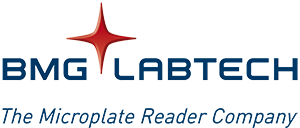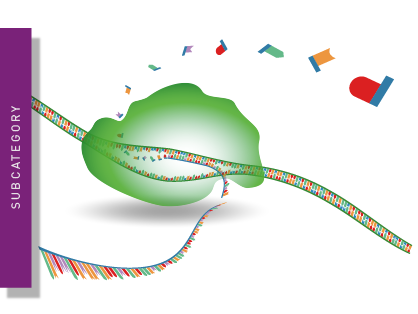
Microplate readers advance studies of nucleic acids
Molecular biology deals with biomolecules, their structure, function, and interactions. Since the discovery and description of DNA in the 1950s, we came to understand how DNA gets first transcribed into RNA and then translated into proteins. We further understand that the genome is not the only basis for a cell’s behavior, differentiation, and pathology. Epigenetic regulation, transcription regulation and non-coding RNAs are just as important. Our microplate readers answer your questions on nucleic acids: concentration, interaction with other nucleic acids or proteins, single nucleotide polymorphisms and expression of genes.
Today, microplate reader assays are well-established tools to answer the questions that are still open. Luminescent reporter assays study gene regulation, interaction assays examine binding of nucleic acids to proteins and enzyme activity assays report on activities of polymerases or helicases.
Genomics is a multidisciplinary and essential part of modern biology. Next generation sequencing (NGS) and SNP-genotyping are popular tools. The field is also closely associated with transcription and translation, investigating proteins and expression levels, both to directly inform studies but also as part of analysis workflows such as NGS.
Microplate reader also take measurements in preparation for PCRs and sequencing. They quantify nucleic acids in high throughput (96-1536 wells), e.g. with NextGenPCRTM, and determine nucleic acid purity via absorbance spectra.
BMG LABTECH multi-mode microplate readers offer solutions from simple quantification devices able to quantify DNA, RNA and protein efficiently and in high throughput, up to multi-functional devices suitable for all needs: reporter assays, binding assays, enzyme assays, evaluation of transfection efficiency with reporter proteins, no matter which detection mode.


Nucleic acid quantification
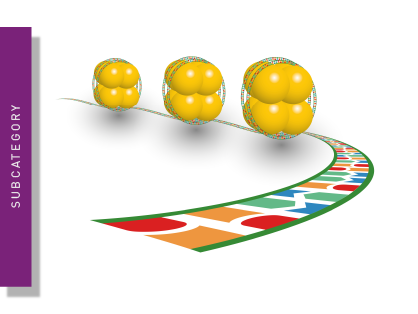
Nucleic acid interactions
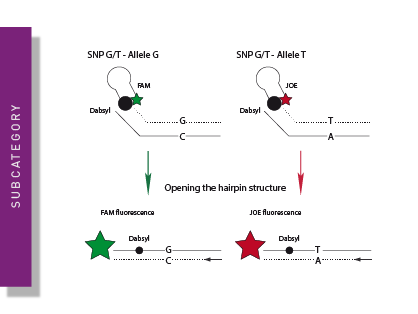
SNP genotyping
Resources
Search our resources section for information about specific applications, literature citations, videos, blog articles and many other publications. Many of the resources provided are associated with current and previous instrument models and versions.
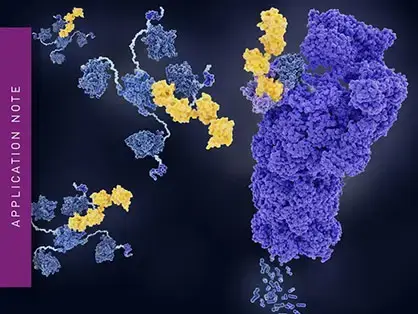
dTAG protein degradation assay for the targeted degradation of proteins of interest
Have you heard of dTAG degraders yet? Check out this novel approach in targeted protein degradation and learn how it can be used to identify disease-relevant proteins.
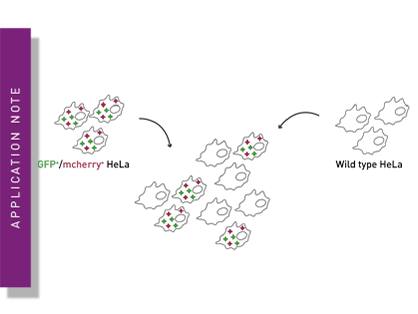
Transfection efficiency determined with fluorescence-based bottom reading for GFP and mcherry
Transfection efficiency cannot only be assessed with a microscope. Read how microplate reader-based evaluation can be achieved with high accuracy with the VANTAstar.
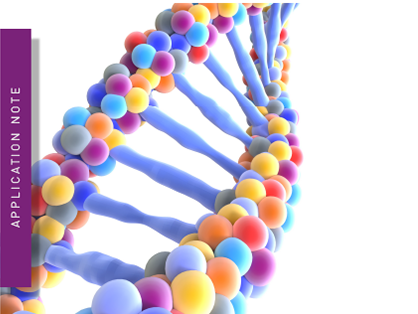
DNA quantification using absorbance (A260) and fluorescent methods (Qubit and Quant-iT/PicoGreen)
We compared DNA quantification methods: A260, fluorescent high sensitivity and broad range kits. Find out which method fits best to your dsDNA samples!
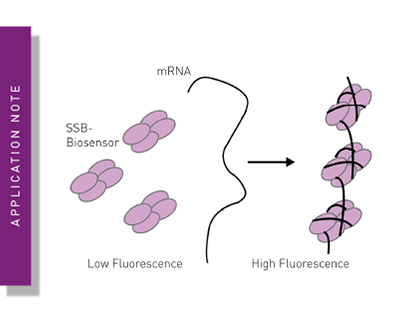
A protein-based biosensor for mRNA
The novel fluorescent biosensor SSB quantifies RNA and assists in studying transcription. Read how the CLARIOstar microplate reader assisted in assay development.
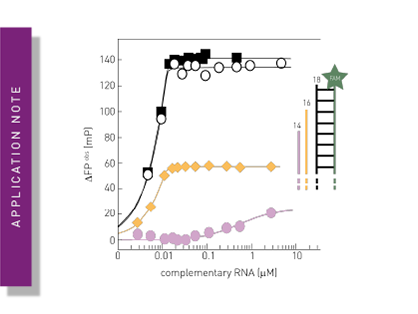
Fluorescence polarization-based RNA synthesis assay
Fluorescence polarization detection with the CLARIOstar® microplate reader to investigate influenza virus’s RNA polymerase activity is highly sensitive and HTS-compatible. Read more here.
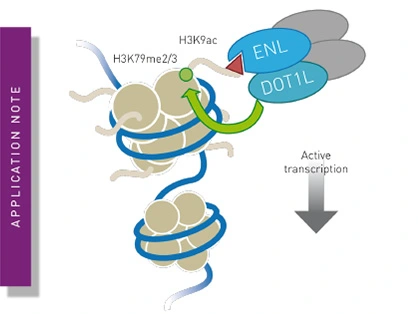
PHERAstar® measures AlphaScreen assay to develop selective inhibitors for the human YEATS domains
Read here how the PHERAstar® FSX microplate reader identified small molecule inhibitors of the YEATS domain out of thousands of compounds using an AlphaScreen-based assay.
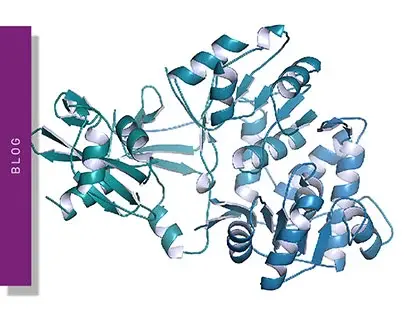
Gene reporter assays
Gene reporter assays are sensitive and specific tools to study the regulation of gene expression. Learn about the different options available, their uses, and the benefits of running these types of assays on microplate readers.
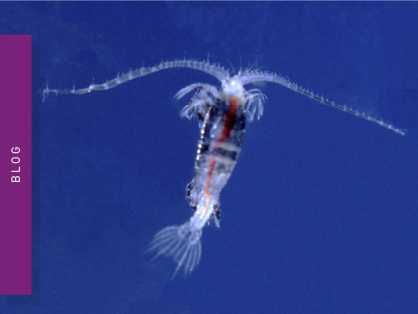
Biology from the deep-sea: engineering the brightest proteins from the depths
Life in the depths of the ocean operates under extreme conditions. Find out how proteins from deep-sea luminescent organisms are useful for measurements on microplate readers.
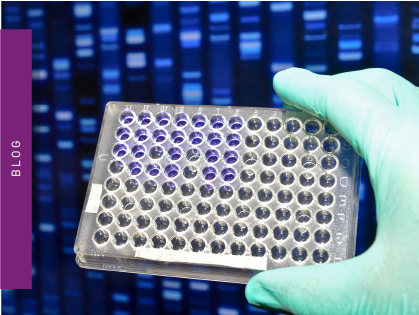
Next Generation Sequencing: why is quantifying nucleic acids important?
Next generation sequencing (NGS) technologies for DNA or RNA have made tremendous progress in recent years. Find out how microplate readers can advance the quality control of nucleic acids to facilitate NGS.

Drug solubility: why testing early matters in drug discovery
Measuring light scattering is an accurate and expedient way to determine drug solubility. Find out how the NEPHELOstar® Plus can be used for early drug solubility screening at high throughput.
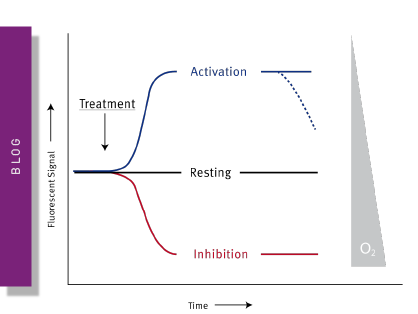
Mitochondrial toxicity: measurement and applications
Mitochondrial toxicity can have devastating effects on the cell and life. Find out how microplate readers can be used to assess mitochondrial health and how this impacts disease and drug discovery.
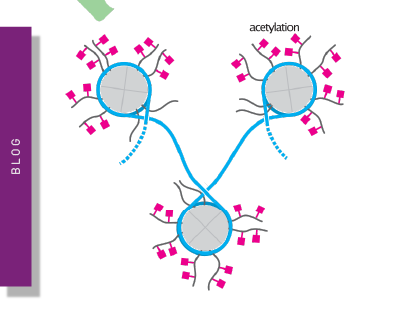
Histone deacetylases: erasers of epigenetic marks
Find out how microplate readers can be used to measure histone deacetylase (HDAC) activity and assist drug discovery.
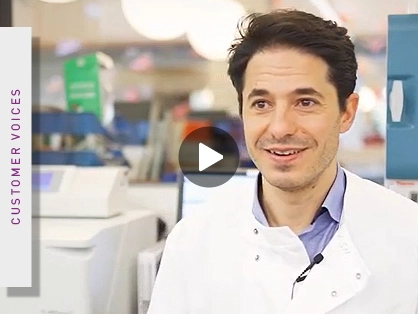
Studying the molecular mechanism of viral replication in real-time
Alfredo Castello-Palomares from Oxford University talks about identifying and characterizing cellular RNA-binding proteins required for viruses to spread.
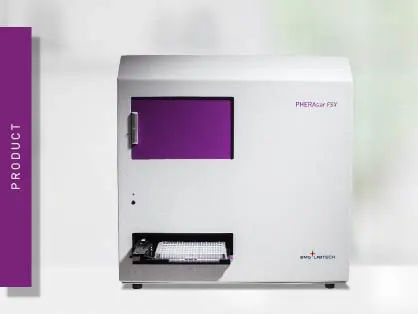
PHERAstar FSX
Powerful and most sensitive HTS plate reader
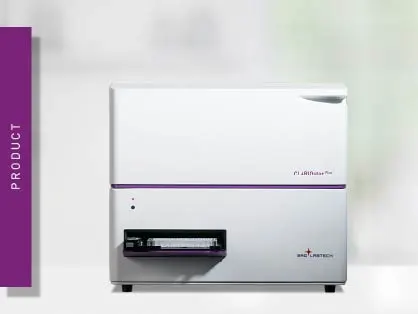
CLARIOstar Plus
Most flexible Plate Reader for Assay Development
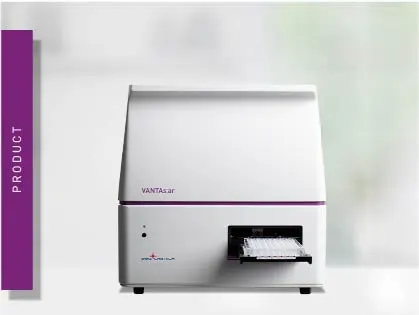
VANTAstar
Flexible microplate reader with simplified workflows
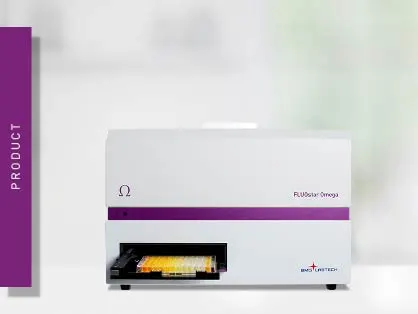
Omega Series
Upgradeable single and multi-mode microplate reader series
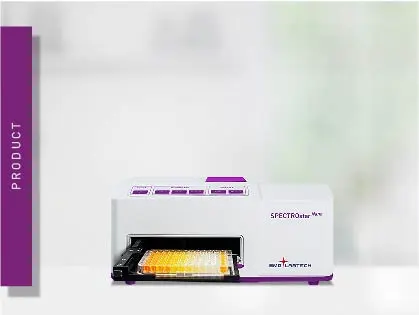
SPECTROstar Nano
Absorbance plate reader with cuvette port
